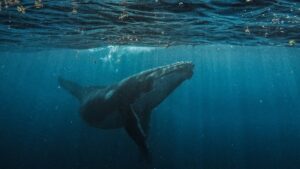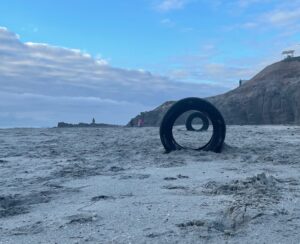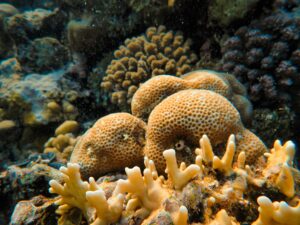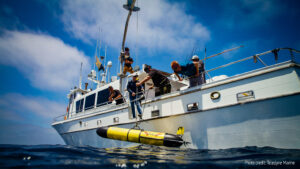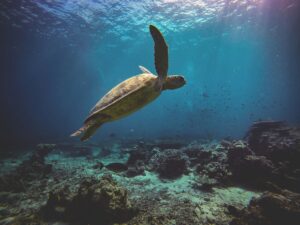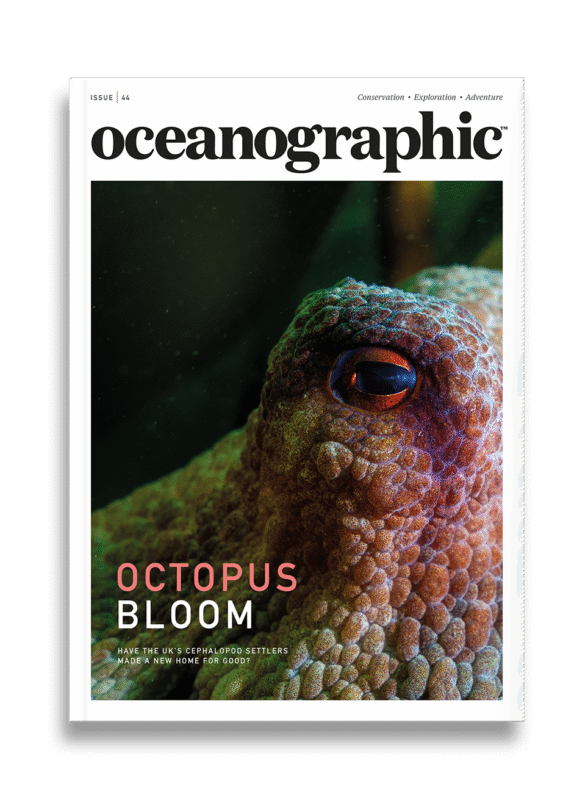Thousands of microbial species found in ocean's deepest region
Over 33 dives, deep-sea scientists collected thousands of sediment, water, seawater, and larger organism samples from depths between 6,000 to 10,900 metres within the Mariana Trench, known as one of the deepest and harshest points of the world's ocean.
Thousands of never-before-seen microbe species have been found at the deepest depths of the ocean, the Mariana Trench with a large percentage described as ‘like nothing we see on the surface’; adapted perfectly to life some 11 kilometres below the ocean surface.
Researchers from institutions across China carried out 33 dives into the hadal zone, a region of the global ocean that starts some six kilometres deep, aboard their deep-sea sub, Fendouzhe, ventured into the depths of the Mariana Trench in the western Pacific Ocean.
Over the course of these dives, these deep-sea scientists collected thousands of sediment, seawater, and larger organism samples from depths anywhere between 6,000 to 10,900 metres – recognised not only as some of the deepest points of the world’s ocean but also the harshest.
While these expeditions were actually carried out back in 2021, their findings have been published only this week, first surfacing in the scientific journal, Cell. In it, the team details their work to identify over 7,000 microbe species, nearly 90% of which had never been documented before.
While much of the follow-up research has been into the behaviours and survival strategies of these microbes, it wasn’t all microscopic organisms they found. In fact, researchers documented some 662 hadal amphipod (Hirondellea gigas), a tiny crustacean species that moves side to side between deep-sea trenches, and a hadal snailfish (Pseudoliparis swirei) which holds the record as the deepest-living fish ever found.
By carrying out a genetic analysis on the microbes discovered, the researchers have also started piecing together some fascinating clues as to how they survive in the extreme depths of the ocean.
With temperatures close to freezing, immense water pressure, and very little by way of nutrients to sustain life, life can be a little rough in the hadal zone.
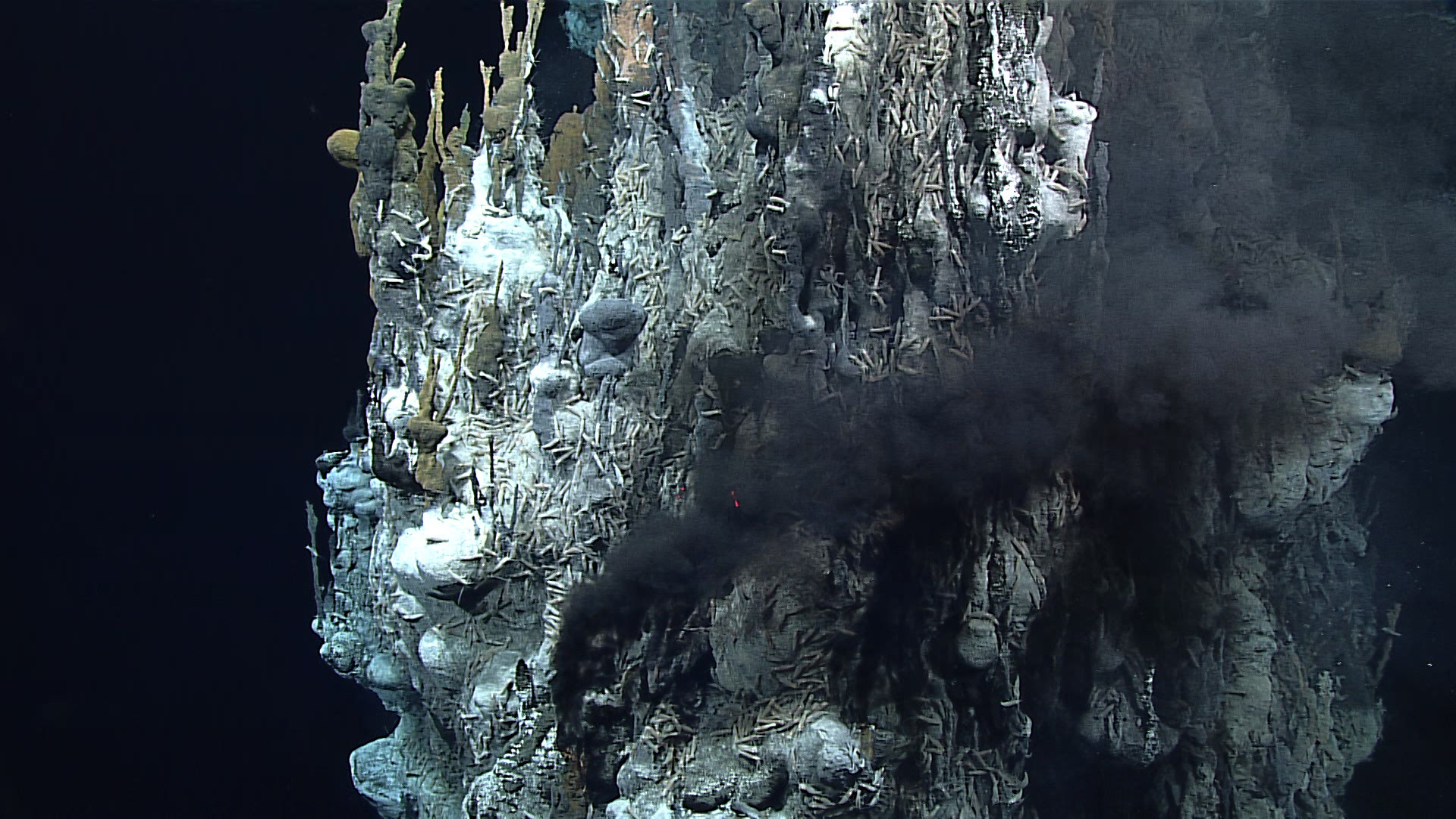
“Our study focuses on a long-standing goal in microbial ecology: elucidating how environments shape microbial communities, especially in extreme conditions,” the researchers write in their paper.
The research team discovered that in order to survive, the microbes would use one of two strategies. Some had smaller, simpler genomes, evolved for efficient living. These microbes showed evidence of enzymes designed to resist the stresses of living at such depths.
Other microbes were found to have larger genomes, built not for efficiency but for versatility, making them better able to adapt to environmental pressures and therefore survive off a wider range of matter for sustenance.
“Extraordinarily high novelty, diversity, and heterogeneity were observed in the hadal microbiome, especially among prokaryotes and viruses, which are impacted by both broader context of extreme environmental conditions as well as the delicate topography in the hadal zone,” write the researchers.
Their findings also suggest that microbes tend to adopt a patch of the seafloor and stick to it, recording that each of the sample sites visited by the researchers had their own particular mix of microbes, with little overlap.
The team’s findings have been made available online for the scientific community to pour over, grouped under the title the Mariana Trench Environment and Ecology Research (MEER) project.
“These findings indicate that environmental factors drive the high taxonomic novelty in the hadal zone, advancing our understanding of the ecological mechanisms governing microbial ecosystems in such an extreme oceanic environment,” the team writes.


"*" indicates required fields
Printed editions
Current issue
Back issues
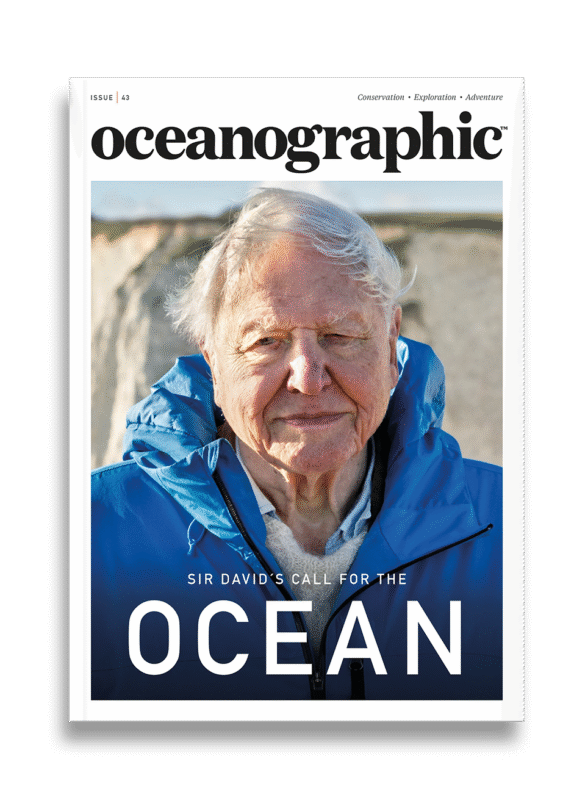
Back Issues
Issue 43 Sir David Attenborough’s ‘Ocean’

Back Issues
Issue 41 Holdfast to the canopy
Enjoy so much more from Oceanographic Magazine by becoming a subscriber.
A range of subscription options are available.

